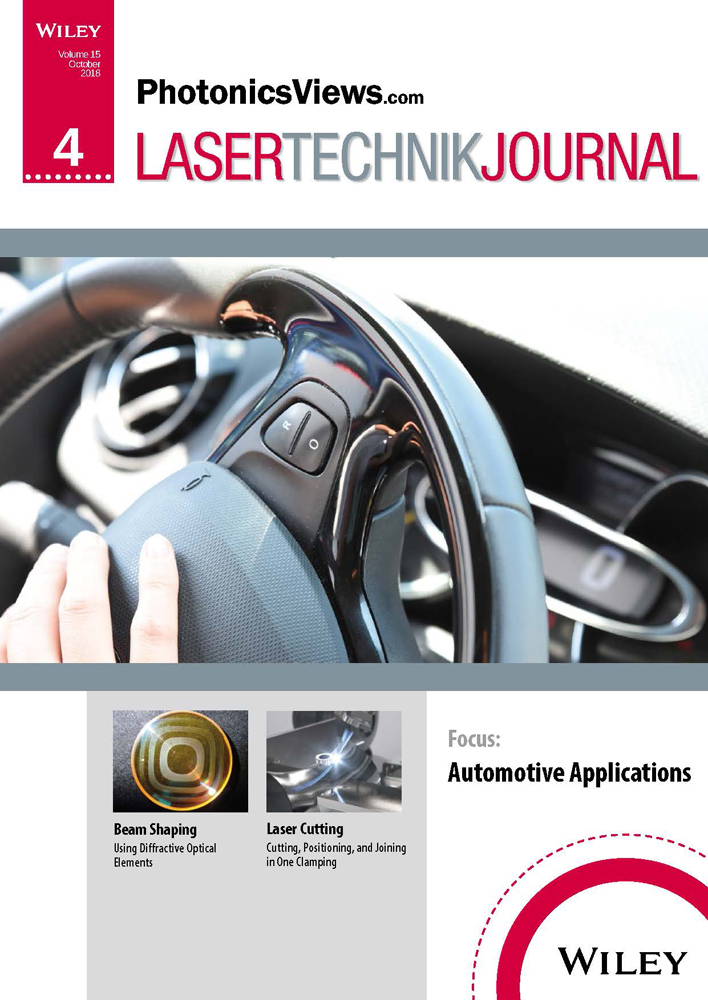Using Diffractive Optical Elements
DOEs for beam shaping – fundamentals and applications
Shlomit Katz: holds a BSc in optical engineering, specialized in electro-optical systems. She is a former optical design engineer at Holo/Or, who worked as part of the R&D department - providing feasibility testing, simulation and design of optical elements and laser systems. In addition, she acted as an application engineer, and engaged in direct contact with customers. Shlomit is also a co-authored several white papers on diffractive optics.
Nowadays, Shlomit is an application development engineer at KLA-Tencor.
Natan Kaplan: is Holo/Or's R&D manager. A graduate cum laude of the Adi Lautman program for excellent students at Tel Aviv University (physics BSc), Natan went on to specializing in sub-wavelength structures for antireflective purposes in the mid-IR, where he finished his MSc under the supervision of Avraham Katzir. He has about ten years of experience in micro-optics development and co-authored two articles on laser material processing and several white papers on diffractive optics. He has managed projects within the Horizon 2020 framework (Ultrasurface), as well as other projects (ALTIA, Israeli MAGNET program, Eurostars MultiLas cooperation).
Israel Grossinger: is the founder & CEO of Holo/Or. He was the co-founder and board member of Pebbles Interfaces, a company that has developed a gesture recognition system. Pebbles was acquired by Facebook in 2015. He has also co-founded SeeThrough (ColoRight), a company that developed hair color system, which was acquired by Loreal. he served as R&D manager at Indigo (now HP-Indigo) and founded Holo/Or in 1989, developing the diffractive optics technology.
He has a dozen registered patents on his name and co-authored numerous of articles and white papers about diffractive optics.
Abstract
A diffractive optical element (DOE) uses thin micro-structure patterns to alter the phase of the light that is propagated through it. Those micro-structures, once properly designed, can manipulate the light to almost any desired intensity profile or shape. This technology enables many functions and light manipulations which are not feasible with standard refractive optics.
In many applications, these functions are highly beneficial and improve system performance significantly. Diffractive optical solutions have many advantages such as: high efficiency, high precision, small dimensions, low weight, and, most importantly, are flexible solutions that meet a variety of different applications' requirements.




